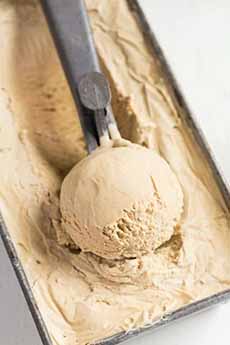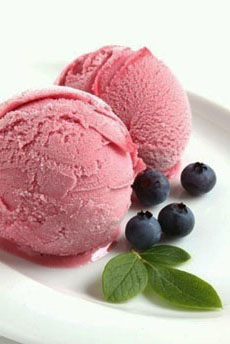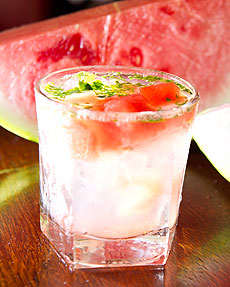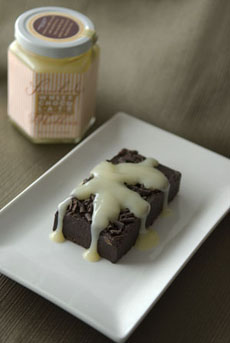|
We met our brother for lunch this weekend at California Pizza Kitchen.
As we both ordered from what we considered to be the “better-for-you” salad menu, Brother, an attorney, looked at the small print.
“Yikes,” he said, “My Cobb Salad has 941 calories. I thought salads were supposed to be low-calorie!”
Well, er, not when topped with blue cheese, bacon, avocado and 1/4 cup of dressing (which is 400 calories in and of itself).
But we are still perplexed as to how our Thai Crunch Salad added up to 1089 calories. It had lots of Napa and red cabbage, carrots, cilantro, cucumbers and scallions, with perhaps two ounces of grilled chicken and modest accents of edamame, wontons, rice sticks and peanuts. The lime-cilantro dressing was minimal.
It seems that if we wanted to count calories, we should have gotten half portions. But we left full of fiber and protein, and grateful that we hadn’t ordered the BBQ Chicken Pizza.
This morning, we read a Food Channel Trendwire email which announced:
|
|
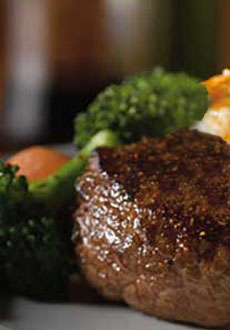
At 550 calories, a better-for-you entrée.
Photo courtesy Applebee’s.
|
Restaurant Diners Actually Starting to Make Healthier Choices
The article led with the bad news: A report issued earlier this month by Trust for America’s Health and the Robert Wood Johnson Foundation showed that the national obesity epidemic continues to worsen. Only one state showed an obesity rate below 20% (and just barely): Colorado at 19.8%. Twelve states have obesity rates over 30%. Mississippi was number one at 34.4%. Seven states have seen their rates double in the past 20 years.
But there is some good news: This year, a number of leading restaurant chains are finding significant growth in the better-for-you menu options.
Applebee’s. For the first time in the restaurant’s history, the top selling entrée on the menu came from the under-550 calorie menu: Signature Sirloin with Garlic Herb Sauce. Applebee’s president, Mike Archer, remarked, “I’ve been in the restaurant business for 30 years, and I’ve never seen anything like this. We’re seeing a sea change in consumer behavior.”
IHOP. The pancake powerhouse reports that its Simple & Fit menu, offering a range of under-600 calorie choices, now accounts for 8% of entrées sold. At 330 calories, the Spinach, Mushroom and Tomato Omelet is now a best seller.
Friendly’s. Four of its under-550 calorie limited time offers have sold so well that they’ve been moved to the permanent menu this summer.
Of course, the reports don’t count any beverages, bread, appetizers and desserts, but America is finally off to a good start.
|

